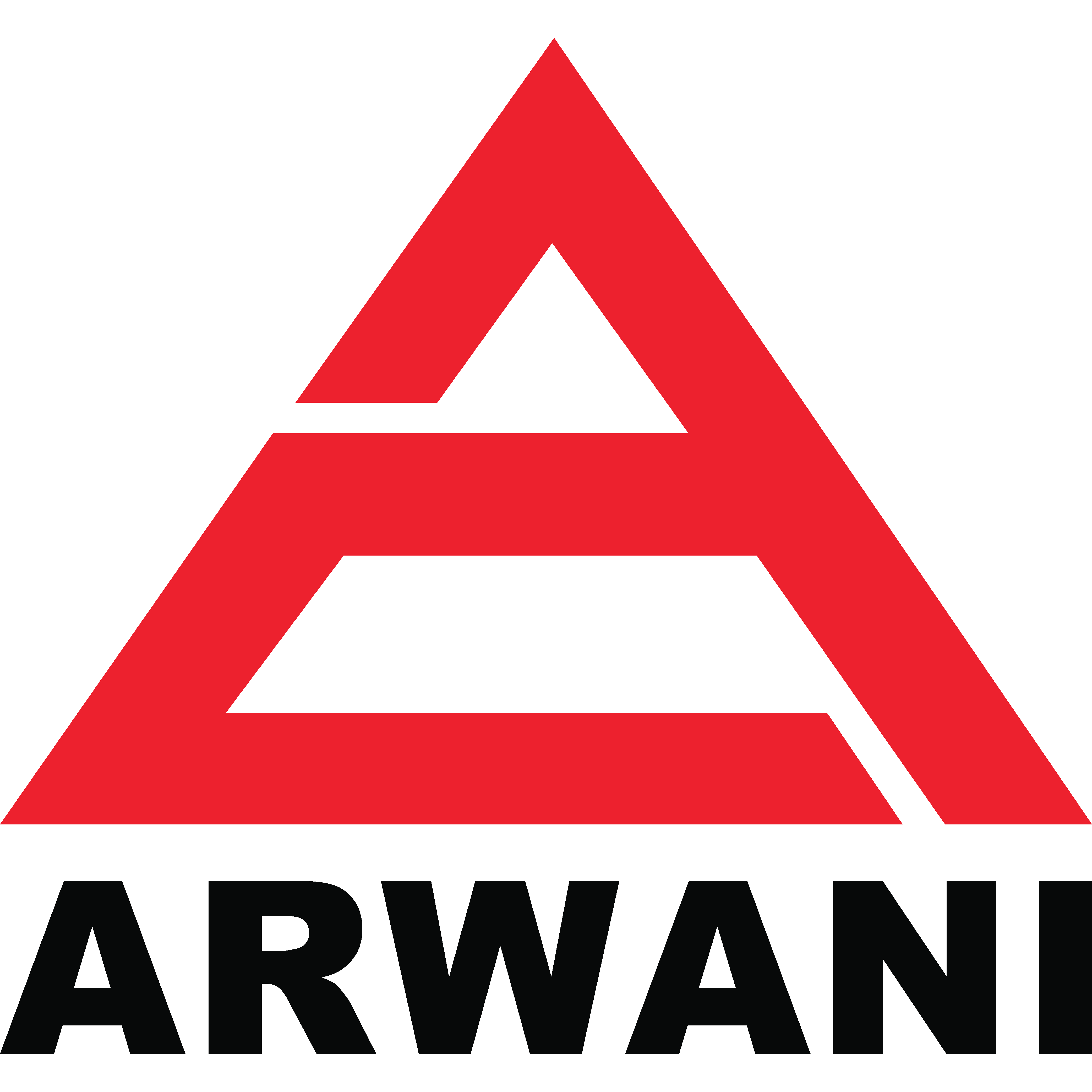In today’s competitive automotive service industry, efficiency, precision, and the ability to service a wide range of vehicle types are crucial for the success of any workshop. One of the most important equipment investments a garage can make is in a reliable tyre changer machine. But with a wide variety of models available in the market, how do you choose the right one?
This comprehensive guide will walk you through the key considerations to ensure that you choose the best tyre changer machine tailored to your business needs.
1. Understand Your Workshop Needs
Before diving into specifications and features, assess the core requirements of your workshop:
- Volume of service: How many tyres do you change daily?
- Types of vehicles: Do you service only passenger vehicles or also handle trucks, SUVs, or motorcycles?
- Space availability: Do you have enough room for a large, high-tech machine, or do you need a compact solution?
Understanding these aspects will narrow down your choices significantly.
2. Choose Between Manual, Semi-Automatic, and Automatic
There are three primary types of tyre changers:
- Manual Tyre Changer: Operated entirely by hand. Suitable for low-volume operations or mobile setups. Budget-friendly but labor-intensive.
- Semi-Automatic Tyre Changer: Offers some powered functions like bead breaking. Suitable for medium-volume workshops.
- Automatic Tyre Changer: Offers full automation, including tilting column, pneumatic locking, and pedal-controlled arms. Ideal for busy workshops with high throughput and demand for efficiency.
Recommendation: If you're running a professional or high-volume workshop in the UAE, investing in an automatic or leverless machine ensures long-term productivity.
3. Consider Rim and Tyre Size Compatibility
Tyre changers are not universal. Make sure the machine's clamping range suits your common wheel sizes:
- Passenger vehicles: 10" – 24"
- SUVs and vans: 14" – 27"
- Trucks and buses: 14" – 56"
Look for machines that offer:
- Adjustable clamping jaws
- High bead breaker force (e.g., 25,000 N)
- Wide arm reach and height for large wheels
Always verify the inner and outer clamping range and the maximum wheel width and diameter.
4. WDK Approval & Run-Flat Compatibility
Workshops dealing with modern vehicles must be equipped to handle run-flat and UHP tyres. These require special handling techniques and often cause damage when traditional machines are used.
WDK-approved machines (as per German tyre industry standards) ensure safe and damage-free mounting and demounting.
Look for features like:
- Bead assist arms (TCX.PRO or PRO3)
- Leverless demounting heads
- Pneumatic pressing rollers
5. Priorities Ergonomics and Ease of Use
A good tyre changer should reduce technician fatigue and increase productivity. Check for:
- Pedal control for all movements (rotation, bead breaker, column tilt)
- Removable pedal units for maintenance
- Side inflation pedal for tubeless tyres
- Safety separator in the rotation pedal
- Full metal pedals and reinforced frame
Workshops with limited manpower benefit significantly from ergonomic designs that allow one-person operation.
6. Assess Build Quality and Durability
Durability matters, especially in UAE's hot and dusty environments. Choose machines that are:
- Built with reinforced steel and heavy-duty components
- Equipped with rust-resistant coatings
- Manufactured by reputed brands with proven track records (e.g., BEISSBARTH, Corghi, Hofmann)
7. Look for Value-Added Features
Modern machines come equipped with features that enhance efficiency and minimize errors. Look out for:
- Dual-speed rotation (8 & 16 rpm)
- Square turntables for better grip
- Arm locking systems
- Adjustable bead breaker blades
- Smart display panels (digital or LCD)
If budget permits, choose machines with future-proofing and upgrade options such as side lifts, tubeless inflation kits, and software-enabled diagnostic support.
8. Evaluate After-Sales Support and Training
Even the best machines require occasional maintenance. Choose a supplier or distributor in the UAE that offers:
- On-site installation and training
- Remote support options (USB/WiFi-based diagnostics)
- Quick availability of spare parts
- Warranty and service contract options
Arwani Trading, for example, provides both installation support and technician training for all its tyre equipment solutions across Dubai and the GCC.
9. ROI and Long-Term Cost Efficiency
Though initial investment in an automatic tyre changer may be higher, it pays off over time through:
- Faster service turnover
- Reduced technician workload
- Lower tyre and rim damage rate
- Greater customer satisfaction and repeat business
Use a simple ROI calculator to compare options over a 3-5 year period.
10. Conclusion: Making the Right Investment
The right tyre changer machine is not just about specs—it’s about how well it fits your workflow. Whether you're outfitting a new garage or upgrading equipment in a busy service center, prioritize quality, support, and safety. With the right machine in place, your workshop can operate more efficiently, safely, and profitably.







